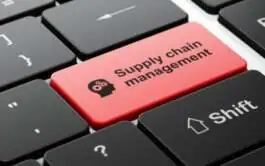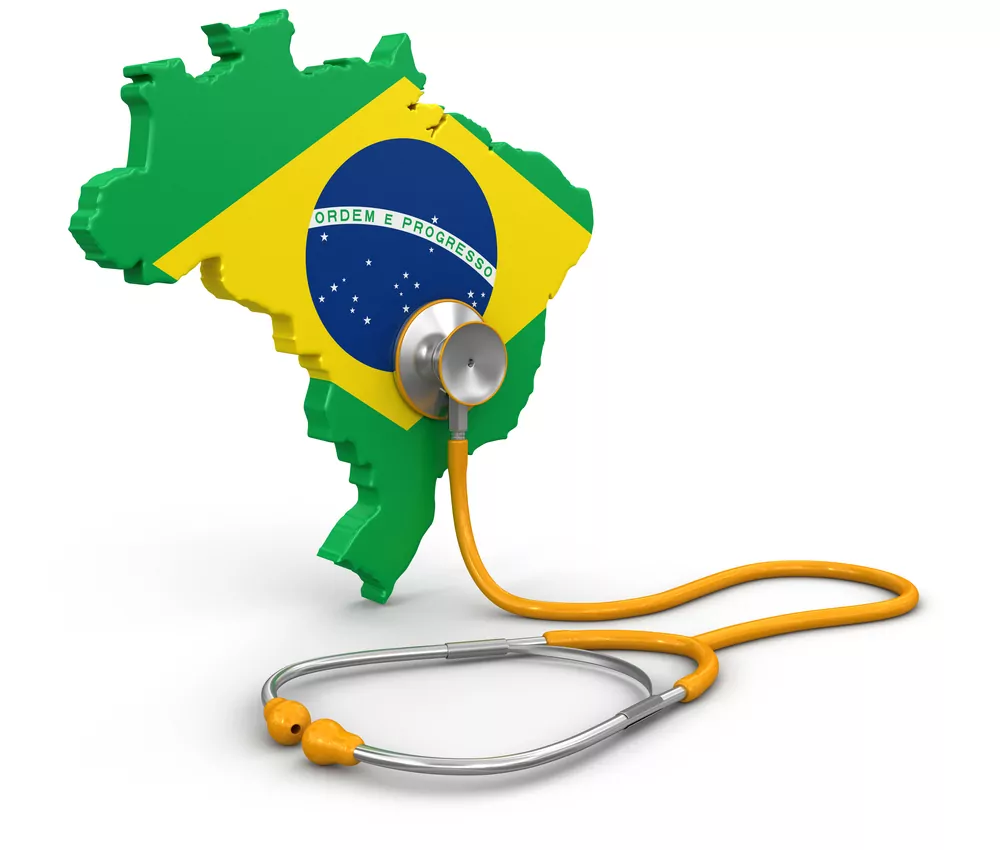With the European Union’s Medical Device Regulation bringing greater scrutiny onto medical device economic operators, Brazil’s ANVISA has taken steps to update, clarify and consolidate its regulation. The new Medical Device RDC 751/2022 will come into force in Brazil from 1 March 2023.
ANVISA, the Brazilian regulator has been applying the same medical device regulation since 2001, and, with many technological advancements since its origin, there was a clear need to modernize its framework.
In addition, the agency has been working toward greater alignment with other major regulators, such as the US Food and Drug Administration and the European Medicines Agency (EMA), and is committed to improving international regulatory convergence. For example, ANVISA is a participating member of the Medical Device Single Audit Program (MDSAP) consortium, which was developed under the International Medical Devices Regulators Forum (IMDRF).
Since 2020, ANVISA has also been working to review and update its medical device regulatory repository. For example, there is a specific regulation for Software as a Medical Device (SaMD), RDC 657/2022, and ANVISA is currently working on a new resolution for in vitro diagnostic (IVD) products.
One other new resolution introduced last year was the Unique Device Identification (UDI) requirement for medical devices. Manufacturers will need to comply with transition requirements, starting from mid-2024 for Class IV devices.
While these resolutions will give manufacturers more specific guidance on requirements for different classes of products (e.g. more information on cybersecurity requirements are included in the resolution on SaMD products), the resolutions are connected. The new resolution RDC 751/2022 includes updated medical device classification rules to accommodate SaMDs, as well as other more recent technologies, such as nanomaterials.
Understanding the significance of RDC 751
The RDC 751/2022 clarifies in one document the requirements for the notification, registration and maintenance of medical devices in the Brazilian market. It provides clear guidance on what the agency requires of manufacturers to reduce confusion or misinterpretation of the regulations. It also reinforces its requirements for newer technologies, which previously were not defined in the regulation.
In addition to providing greater clarity for manufacturers, ANVISA has adopted the IMDRF structured Table of Contents for the Technical Dossier, which will allow manufacturers to leverage documents constructed for other jurisdictions and use those for ANVISA premarket approval. Manufacturers that had their device approved following the previous technical report will not need to update their device registration until a change that requires approval is necessary.
Unlike the EU’s MDR, which has various transition periods by which manufacturers need to comply, RDC 751 comes into force with immediate effect. However, manufacturers that were impacted by the updates in the medical device classification rules will have 365 days, starting from the date that the new RDC comes into force, to submit the regulatory process to update their medical device classification.
Staying ahead of the regulations
It is clear that ANVISA has a well-established system with equally stringent controls which would be expected by health authorities in Europe, the US, Australia, Japan and other established markets. Manufacturers wishing to market their medical device in Brazil should stay up to date with these regulatory developments and evaluate the impact of these changes on their devices and processes.
Our team of experts can help you navigate through the transition and ensure compliance is implemented in the most effective way for your business.
About the Author
Camila da Silva Esteves, Manager, Medical Devices/IVD, PharmaLex








